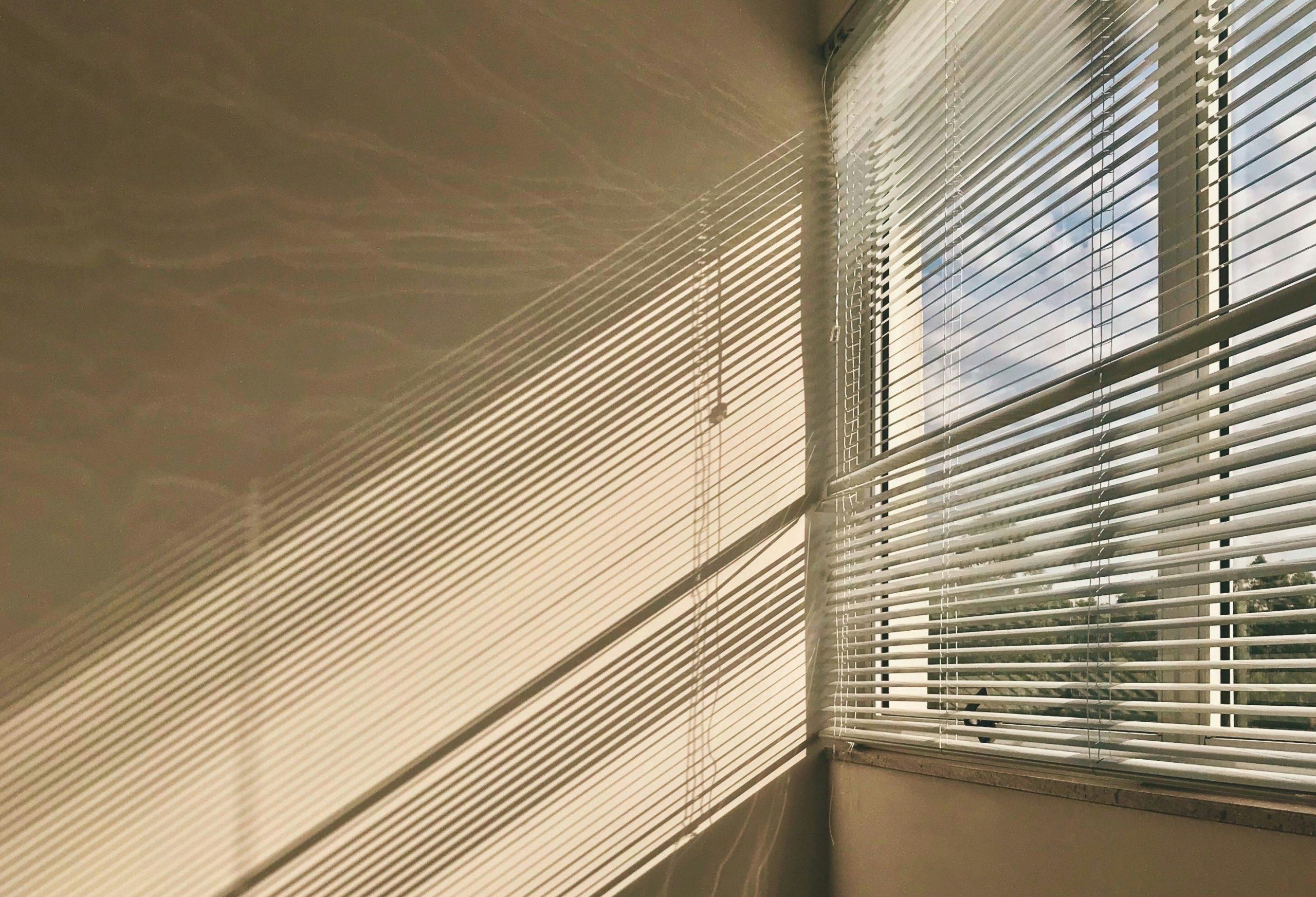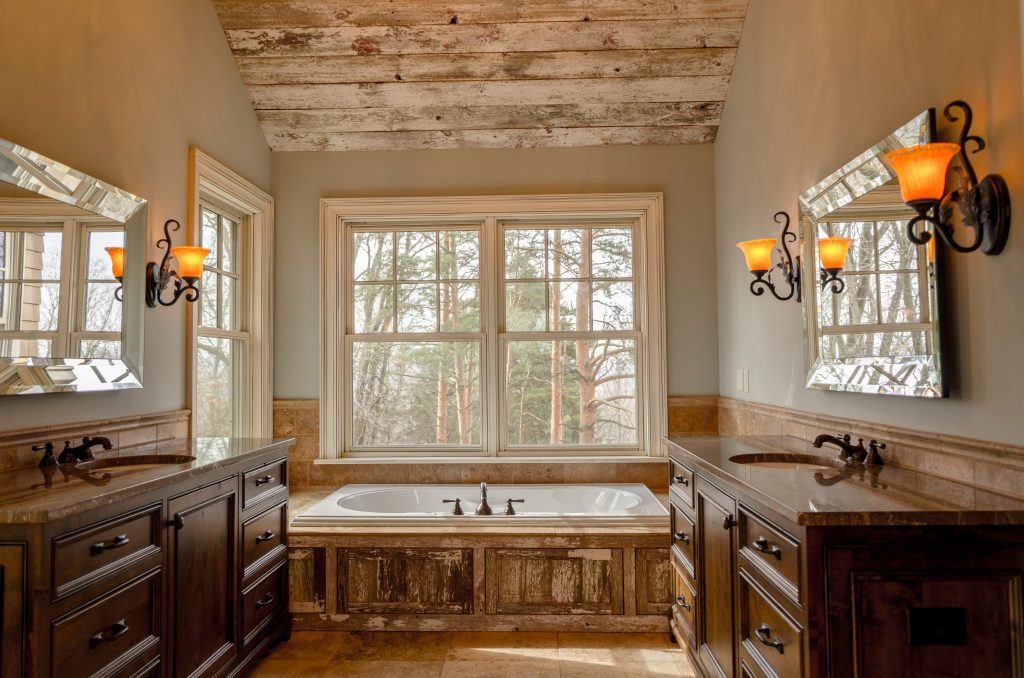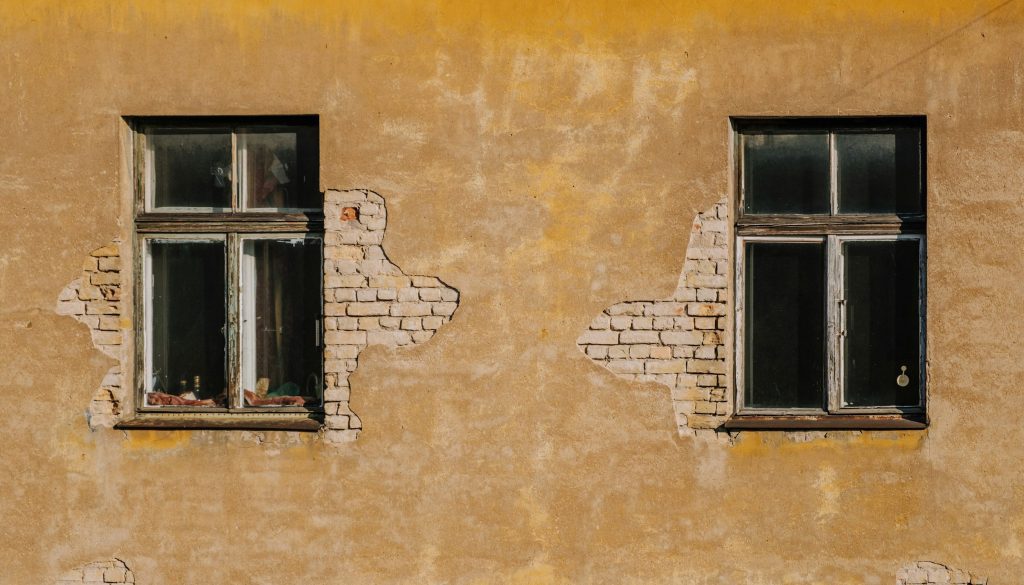
Why Upgrade Windows and Doors to Modern, Airtight Models?
Replacing windows and doors is a major home improvement project, but in many cases, it’s a worthwhile investment. Modern, airtight models significantly improve energy efficiency, indoor comfort, noise reduction, and home durability. Here’s when upgrading makes sense, what the costs look like, and the available options, including American-made products.
When Should You Upgrade Windows and Doors?
- High Energy Bills – Older windows and doors are a major source of heat loss, causing HVAC systems to work harder. If your heating and cooling costs are excessive, upgrading to energy-efficient models can reduce energy use by 25-50%.
- Drafts and Air Leaks – If you feel drafts around doors and windows, it means air is escaping, which can make indoor temperatures inconsistent and uncomfortable.
- Condensation and Moisture Issues – If condensation builds up inside your windows, it can lead to mold growth and wood rot, signaling poor insulation or seal failure.
- Noise Pollution – Modern triple-pane and laminated glass options greatly reduce outside noise, which is ideal for homes in busy or urban areas.
- Aging or Damaged Frames – Warped or deteriorating window and door frames reduce efficiency and can become an entry point for moisture and pests.
- Resale Value – If you plan to sell your home, ENERGY STAR-rated windows and doors increase property value and make homes more attractive to buyers.
Cost of Window and Door Replacement
For a standard 2,000 sq. ft. home, here’s a rough cost breakdown:
- Windows: The average cost per high-performance window ranges from $600 – $1,500 installed. Replacing all windows in a home could cost $12,000 – $30,000.
- Exterior Doors: A standard energy-efficient front door costs between $1,500 – $5,000 installed, while sliding or French patio doors can range from $2,500 – $8,000.
Rebates and tax incentives, like those in the Inflation Reduction Act, can offset some costs by providing credits for energy-efficient upgrades.

Types of High-Performance Windows and Doors
- Triple-Pane Windows – Provide the highest insulation value (R-5 or better) and are ideal for cold climates.
- Low-E Coated Glass – Reduces heat gain in summer and heat loss in winter.
- Fiberglass or Composite Frames – Strong, durable, and resistant to moisture and warping.
- Airtight Doors with Insulated Cores – Fiberglass and steel doors with high R-values prevent heat loss.
- Passive House-Certified Windows – Offer the best energy performance with superior airtightness.
American-Made Window and Door Brands
For those looking to support U.S. manufacturers, here are some top-rated brands:
- Marvin Windows & Doors – High-performance fiberglass and wood windows.
- Andersen Windows & Doors – ENERGY STAR-rated options with a range of materials.
- Pella Windows & Doors – Offers triple-pane and high-performance options.
- ProVia – Focused on ultra-energy-efficient doors and windows.
- Loewen – Specializes in high-performance wood and aluminum-clad windows.

How Window and Door Replacement Fits into a Full-Home Retrofit
Upgrading windows and doors is often a crucial step in a deep energy retrofit. Alongside insulation improvements, air-sealing, and HVAC upgrades, modern windows and doors help create an airtight, energy-efficient home. When combined with heat pumps, solar panels, and smart ventilation systems, homeowners can dramatically reduce energy consumption, lower utility bills, and move toward a net-zero or passive house standard.
Final Thoughts
While the upfront cost of window and door replacement is significant, the long-term energy savings, increased comfort, and improved home durability make it a smart investment. With American-made options and government incentives available, now is a great time for homeowners to explore upgrading to modern, airtight models.

